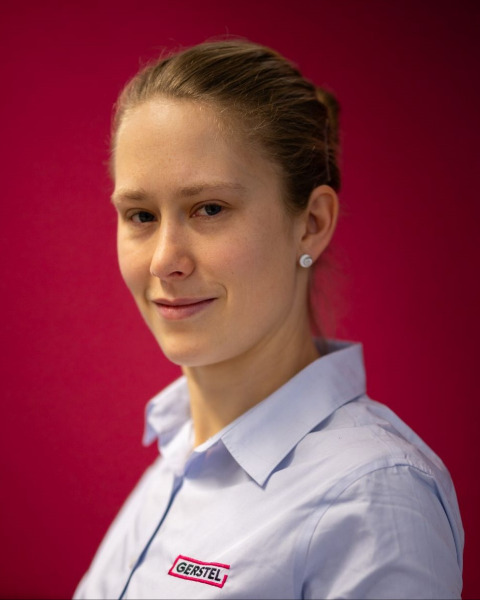2024 Technical Program
Analytical
Tackling challenges of manual sample preparation by automating workflows for determination of glycidol- and MCPD esters as well as MOSH/MOAH residues in edible oils and fats

Isabelle Heker, MSc (she/her/hers)
Application Specialist
Gerstel GmbH & Co. KG
Muelheim An Der Ruhr, Nordrhein-Westfalen, Germany- HK
Hyerin Kim
M. Sc. Field Support Group
Gerstel GmbH & Co. KG, Germany - JZ
Jasmin Zboron
B. Sc. Application Specialist
Gerstel GmbH & Co. KG, Germany - OL
Oliver Lerch
PhD, Head of Automated Sample Preparation
Gerstel GmbH & Co. KG, Germany - MW
Marco Wolff
M. Sc., Product Manager Automated Sample Preparation
Gerstel GmbH & Co. KG, Germany
Presenting Author(s)
Co-Author(s)
Determination of contaminants in fats and oils is of high importance for consumer safety. In recent years glycidol- and monochloropropanediol esters (MCPD) and aliphatic and aromatic mineral oil residues (MOSH/MOAH) were identified as relevant targets. Determination of these compounds is quite complex, requiring many manual sample preparation steps and a large amount of organic solvents. In order to increase efficiency, reliability, and sustainability, automation of sample preparation is highly desirable. Using a wide array of sample preparation modules as a toolbox to automate individual workflows, we could establish methods for MOSH/MOAH determination according to ISO 16995 and glycidol- and 3-MCPD ester determination according to AOCS Cd 29c-13, demonstrating advantages and potential pitfalls of automated sample preparation.
The AOCS Cd 29 c-13 method is tedious and requires precise timing of the reactions, making it prone to error. We investigated the effect of little deviations from the standard workflow, which can occur during manual processing, on analytical results. Furthermore, we validated the automated method and demonstrated a high degree of accuracy and precision.
In the context of MOSH/MOAH determination a complete sample preparation method was developed, including fully automated saponification of oil and fat samples in combination with performic acid epoxidation and online aluminum oxide-cleanup.
Studies on the reproducibility of the method showed very good results for different matrices and a low deviation between samples due to high precision of the automation over a long period of time. Automated data evaluation completes the system, as manual integration of the “humps” that result from the MOSH and MOAH measurements is very subjective, leading to huge deviations between different users integrating the same chromatogram.
Taken together, both automated methods are precise and reliable quality control tools and help to achieve safer food for a healthier future!

.jpg)